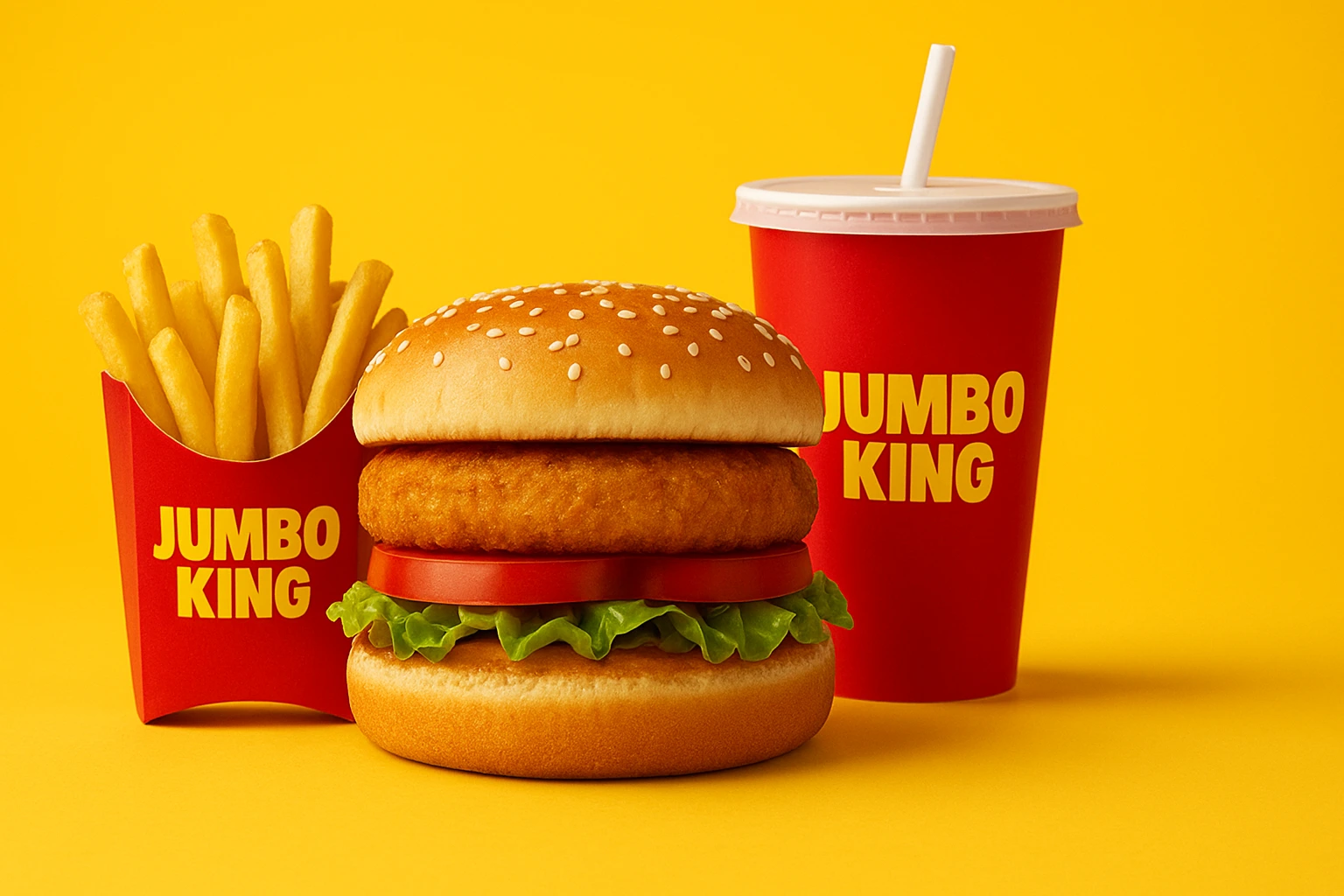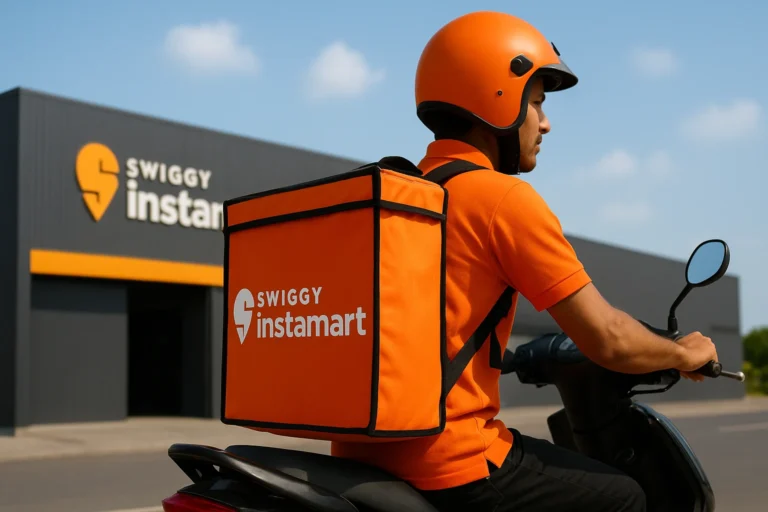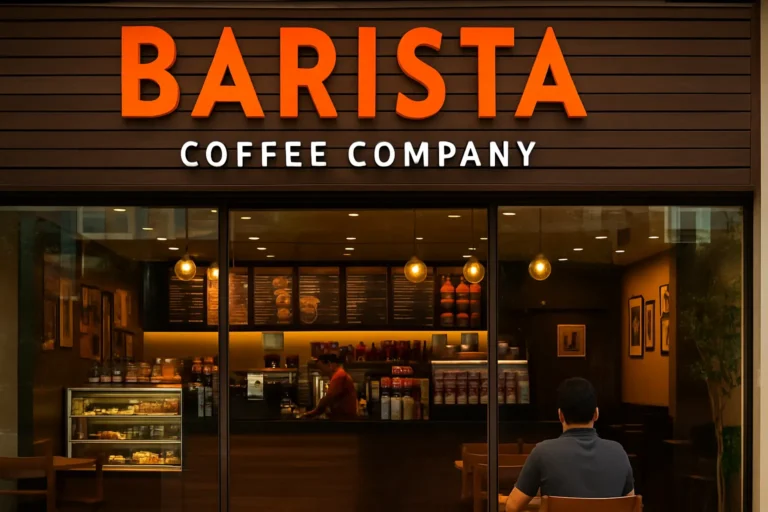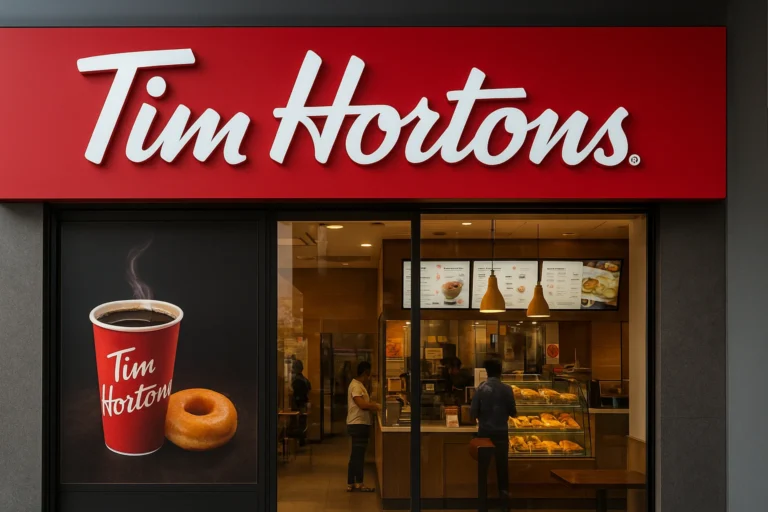Key Highlights:
- India’s homegrown QSR chain Jumboking expands in metro & tier-2 cities
- Case study: How Jumboking transformed Mumbai’s street food into a scalable franchise model
- Deep dive into investment, profitability, and competition in the QSR space
- Funnel insight: Who should consider the Jumboking franchise in 2025?
Jumboking’s Growth: A Quick News Update
In recent years, Jumboking has quietly emerged as India’s “Desi QSR” brand, expanding aggressively across metros like Mumbai, Pune, Bangalore, and even into tier-2 cities. With more than 150+ outlets, it is positioning itself as India’s answer to McDonald’s and Burger King—but with an Indian soul. The company has been adapting to changing consumer behavior, integrating delivery-first strategies with platforms like Zomato and Swiggy, while also experimenting with innovative menu options beyond the traditional vada pav.
Case Study: Jumboking’s Franchise Model Transformation
When Jumboking launched in 2001, it was branded as the “McDonald’s of Vada Pav.” Over time, founder Dheeraj Gupta pivoted from a single-product brand to a value QSR chain.
Key Case Learnings:
- Product Innovation: From vada pav to burgers, wraps, and fries → catering to Gen Z & Millennials.
- Operational Discipline: Standardized kitchen processes like global QSRs → reducing wastage and increasing efficiency.
- Franchise Support: Technology-driven POS, marketing assistance, and location scouting.
- Customer Loyalty: Affordable pricing strategy → ₹40–₹150 menu range keeps footfall high.
Deep Dive: Jumboking vs Other QSR Franchises
When compared to international players, Jumboking positions itself as a “local champion.”
| Parameter | Jumboking | McDonald’s India | Burger King India |
|---|---|---|---|
| Investment Range | ₹20–₹30 Lakhs | ₹6–₹10 Crores | ₹2.5–₹5 Crores |
| Outlet Size | 250–400 sq. ft. | 1,500–3,000 sq. ft. | 1,200–2,000 sq. ft. |
| Menu Pricing | Budget-friendly (₹40–₹150) | Mid-range | Mid-range |
| Target Audience | Mass Indian middle-class | Premium urban crowd | Urban & mall-centric |
Insight: Jumboking is less capital-intensive compared to global QSRs, making it franchisee-friendly for first-time investors.
Franchise Funnel: Who Should Invest in Jumboking in 2025?
If you’re exploring QSR franchises, here’s where Jumboking fits in the funnel:
- Entry-Level Investors (₹20–₹30 Lakhs): Ideal for small business owners or professionals entering F&B for the first time.
- Tier-2 Entrepreneurs: Perfect for high-footfall markets like Nashik, Indore, Nagpur where global brands hesitate but Indian QSR demand is rising.
- Delivery-Focused Operators: With strong Swiggy/Zomato tie-ups, Jumboking works well in dark kitchen + dine-in hybrid models.
Expert Opinion & Market Outlook
Industry analysts predict that India’s QSR market will touch $27 billion by 2030, with regional players like Jumboking benefiting from affordability and cultural familiarity. In an era where consumers want value-for-money dining, Jumboking has a strong competitive moat.
Conclusion
The Jumboking franchise isn’t just about vada pav anymore—it’s about creating a scalable, Indianized QSR model that competes with global giants. For investors seeking low-risk, high-volume entry into the food franchise space, Jumboking in 2025 stands out as one of the most affordable and culturally relevant opportunities.





